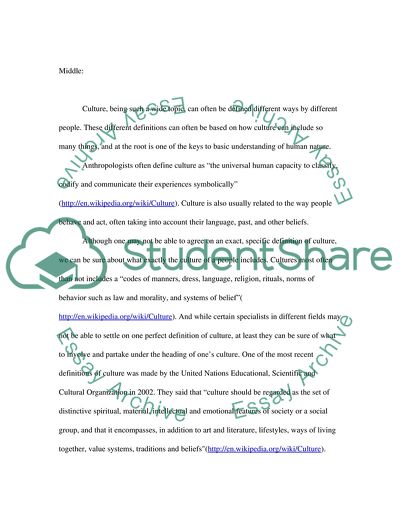Cite this document
(The Idea of Culture Essay Example | Topics and Well Written Essays - 1750 words, n.d.)
The Idea of Culture Essay Example | Topics and Well Written Essays - 1750 words. https://studentshare.org/culture/1706112-culture
The Idea of Culture Essay Example | Topics and Well Written Essays - 1750 words. https://studentshare.org/culture/1706112-culture
(The Idea of Culture Essay Example | Topics and Well Written Essays - 1750 Words)
The Idea of Culture Essay Example | Topics and Well Written Essays - 1750 Words. https://studentshare.org/culture/1706112-culture.
The Idea of Culture Essay Example | Topics and Well Written Essays - 1750 Words. https://studentshare.org/culture/1706112-culture.
“The Idea of Culture Essay Example | Topics and Well Written Essays - 1750 Words”. https://studentshare.org/culture/1706112-culture.


